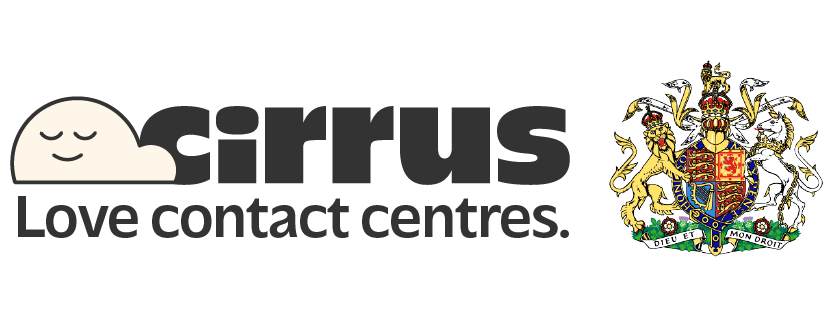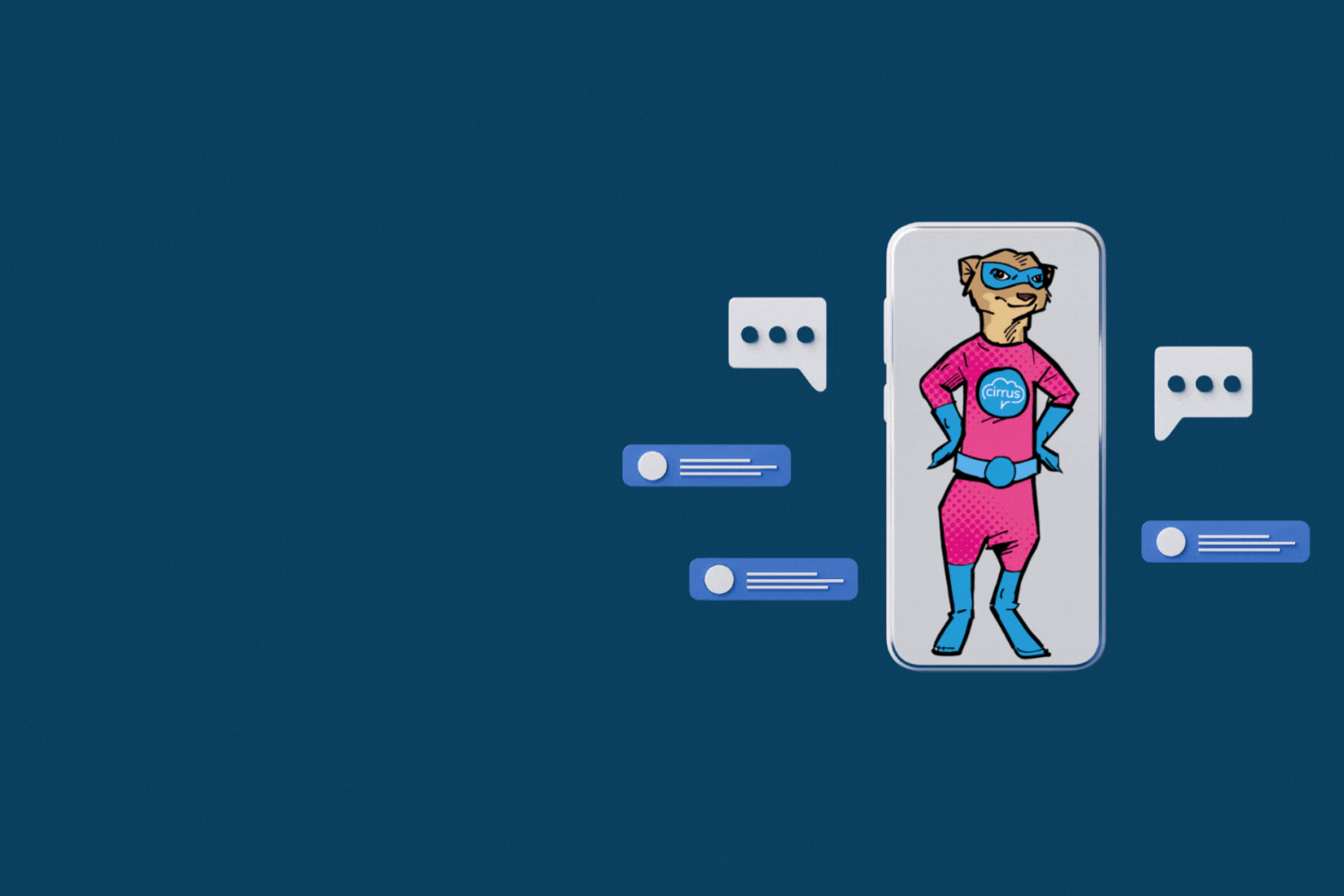Working in customer service is no easy task. But before we dive in, let’s take a moment to ask: what does customer service look like in 2024? You probably recognise it as a constant flow of chat, email, and phone requests— all part of the modern omni-channel approach.
Hard to handle, but there is no sad violin music here. Make no mistake, an omni-channel approach is not you doing your customers a favour. Research has shown that 90% of customers expect a consistent brand experience across several channels.
So if we accept that an omni-channel approach is now a necessity, how do we help agents to spread their efforts more broadly? This article asks how contact centres can avoid the stressed agents, frustrated customers and botched processes that are symptoms of ‘omnichannel gone wrong’.
The challenge of omni-channel customer service
It’s a pretty simple equation. Contact centres now offer customers more ways to reach out for support. However, this expansion of channels has brought with it multiple new challenges. Possibly the primary issue is the one we have mentioned – maintaining consistency and continuity across various touchpoints. So we will tackle this first.
Consider this scenario: Paul, a customer, initiates a chat conversation about a product issue but needs to leave unexpectedly. He follows up via email later that day, only to find that the agent handling his email has no context from the earlier chat. Frustrated, Paul calls the support line, having to explain his problem for the third time. The result? Paul is irritated at the nature of the experience and the time he has wasted. Plus, the agents involved have also had their time wasted.
And now we see – this challenge is not only about customer satisfaction. Agent morale can take a significant hit when they’re constantly switching between different systems, trying to piece together customer histories, and feeling like they’re always one step behind. The stress of managing multiple platforms can lead to burnout and increase the high turnover rates we often see in contact centres.
The benefits of a centralised platform
You might have already guessed it. The key to overcoming the challenge of more channels lies in a centralised platform. Simply put, it’s the only way that day-to-day operations in a contact centre can cope with the challenges presented by delivering omni-channel. Let’s lay out the main benefits.
Firstly, a unified inbox consolidates all customer interactions – whether they originated from chat, email, or phone. This means agents no longer need to switch between different applications or worry about missing messages in one channel while they are focusing on another.
What else? There are also robust tools for tracking and managing requests centrally. These tools allow agents to categorise issues, assign priorities, and ensure that no customer query falls through the cracks. There is the ability to add internal notes, tag team members, and track the status of each request. This means that any agent can quickly get up to speed on a customer’s situation, even if they weren’t the original point of contact.
And holding the whole process together is communication. This takes the form of immediate updates and notifications to keep the entire team informed of new developments, such as escalated calls and priority cases.
Supporting the customer journey
What about the customer’s perspective? In theory, having more channels to choose from should make things easier, and in general, it does. So long as customers are able to switch between channels without any hassle.
To ensure this, contact centres need the right tools in place. Let’s say customer Jill starts her journey with a quick question via chat. If the issue requires a more in-depth explanation, she can easily transition to email or a phone call. The beauty of an integrated system is that Jill doesn’t have to repeat herself. All the context from her initial chat is available to the agent picking up the email or answering the call.
This continuity is made possible by giving agents access to comprehensive customer history and context. When an agent opens a customer’s file, they should be able to see all past interactions, purchase history, and any relevant notes. This wealth of information allows for personalised service that acknowledges the customer’s relationship with the company and anticipates their needs.
Real-world impact on contact centres
At Cirrus, we have a front-row seat for the transformation of our contact centre customers. We often see a dramatic change once an integrated, omni-channel approach is adopted.
Take the case of a leading catering equipment retailer as an example. They moved to an omnichannel system for all the right reasons – to increase sales and deliver better customer service by upping the quality of the experience for all concerned.
Backed with our Workforce Management Solution, their omni-channel contact centre has improved adherence by 20% and brought their average queue time down to just 16 seconds thanks to better scheduling accuracy.
Getting started with better customer service solutions
Before you begin a move to omni-channel, it’s always better to assess your pain points. Where are the bottlenecks in your customer service process? Are there particular channels that are causing more frustration than others? Understanding these challenges will help in identifying the features that will have the most significant impact on your operations.
Once you’ve identified your needs, it’s time to explore solutions available, and we can help you with that.
Join our webinar
This blog gives us an ideal segway into telling you about an upcoming webinar that looks specifically at omnichannel, and how far you should go…
Join a discussion entitled ‘To Add or Not to Add: Digital Channels in Contact Centres’, on Wednesday, 6th November from 10:30am to 12pm hosted by industry hub the South West Contact Centre Forum.
You’ll receive expert insights on optimising your contact centre strategy for better customer service. We will ask “when is the right time to add digital channels?” quizzing a panel of customers who have implemented and who decided not to implement, giving you both sides of the coin.
You can sign up to the webinar here







